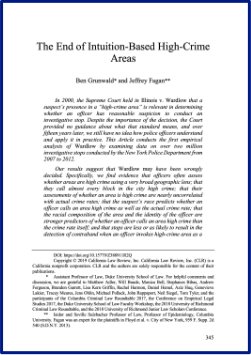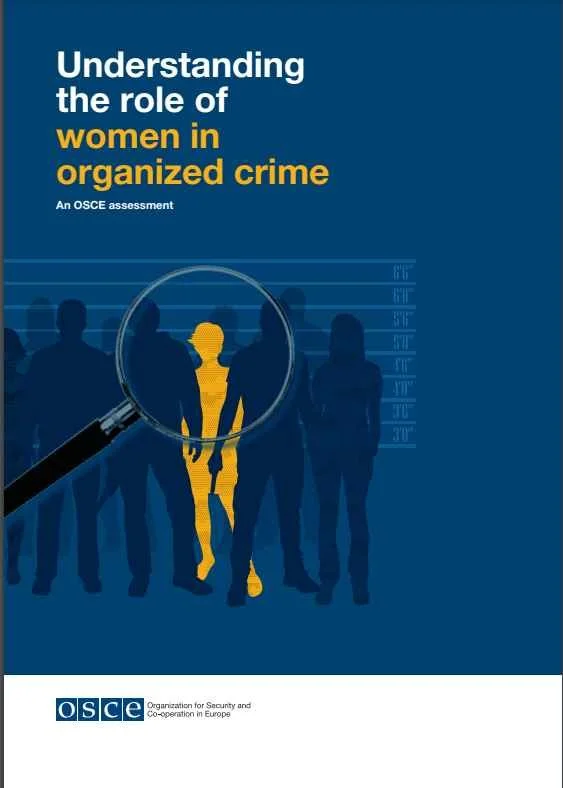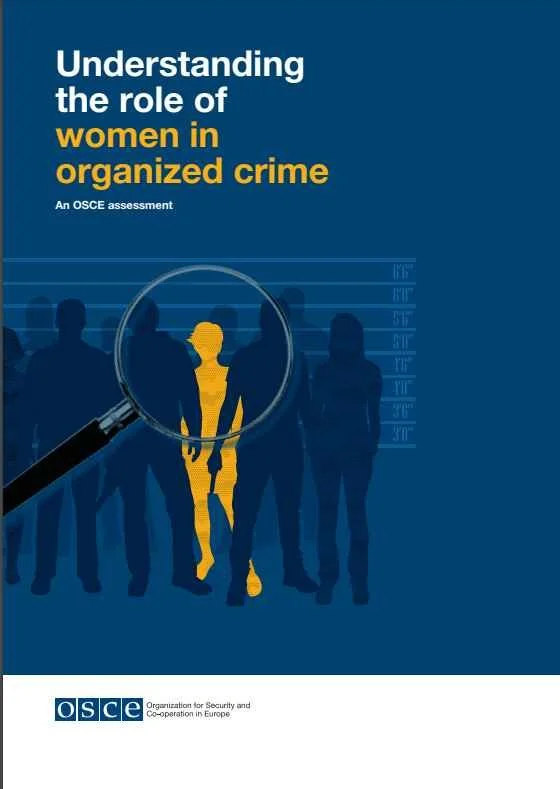By New York City. Office of the Comptroller General
In the aftermath of the Covid-19 pandemic, a series of high-profile, random, and tragic acts of violence have heightened New Yorkers’ attention to people living on the streets and subways with serious mental illness. Following the killing of Michelle Go in January 2022 by an individual with a long history of psychosis, 37 more people were pushed off subway platforms in just over a year. In November 2023, New York Times reporters highlighted nearly 100 random attacks by mentally ill, homeless New Yorkers “failed by a system that keeps making the same errors.”
In recent weeks, the sense of crisis has been amplified by more heartbreaking incidents. On November 18, 2024, Ramon Rivera – who cycled on and off the streets with serious mental illness for years – went on a stabbing spree, killing 3 people in broad daylight in midtown Manhattan. On December 9, a jury acquitted Daniel Penny of the killing of Jordan Neely, whose failures by the system were legion. On Sunday, December 22, 2024, Debrina Kawam who was herself homeless was cruelly burned to death on an F train at the Coney Island station. On New Year’s Eve, another New Yorker was pushed onto the tracks into an oncoming train. New Yorkers’ sense of safety on subways and in their own neighborhoods has plummeted.
In response to mounting safety concerns, New York City and State have launched a slew of initiatives and legislative efforts to confront the issue of street homelessness for people with serious mental illness. But the efforts are piecemeal. People continue to fall through the cracks and there is little public confidence that things will change.
The Adams Administration has ineffectively coordinated a Continuum of Care (CoC) – and the results are devastating. Outreach teams lose track of clients. Hospitals release patients back to the street after a few hours because there aren’t enough inpatient beds to treat them. Judges cannot refer people into programs proven to reduce recidivism and increase adherence to treatment because there are no slots.[9] Jails place just 3% of discharged people with serious mental health challenges into supportive housing.
An audit by the Comptroller’s office in 2024 of the City’s Intensive Mobile Treatment (IMT) program for homeless New Yorkers with the most severe histories of mental illness found that the City inadequately measured whether the program was decreasing incarceration because of a lack of coordination among City agencies, that outcomes and treatment measures were inconsistent, and that placements into stable housing had declined precipitously.
Despite these persistent failures, evidence from other cities – and indeed, even from New York City – argues strongly that this crisis can be solved with more diligent leadership.
Data shows that there are approximately 2,000 people with serious mental illness at risk for street homelessness cycling through City streets, subways, jails, and hospitals. At that scale, a better-coordinated system is within the grasp of a city with the resources and capacity of New
York. Indeed, the City is already spending billions on outreach, police overtime, city jails, shelters, and emergency hospitalizations, but City Hall has continuously failed to coordinate these efforts effectively to solve the problem.
At the heart of that better-coordinated system, this report centers a “housing first” approach, which evidence shows has had great success in Philadelphia, Houston, Denver, other cities throughout the United States and around the world, and even in New York City. Housing first combines existing housing vouchers and service dollars to get people off the street and directly into stable housing with wraparound services.
Data shows that 70-90% of people experiencing street homelessness with serious mental illness will accept permanent housing with a coordinated outreach strategy, and that it will keep them stably housed, off the street, and better connected to the mental health services that will stabilize them.
Of course, a strategy that is 70-90% effective does not work 10-30% of the time. For those instances, New York City will need better processes for mandated treatment. Sometimes, individuals need to be hospitalized, either voluntarily or involuntarily when they are a danger to themselves or others. For an effective continuum of care, New York should thoughtfully amend its laws to allow a wider range of medical professionals to place or keep individuals in hospitalization and required the consideration of an individual’s full medical and behavioral history.
On any given day, there are approximately 1,400 people with serious mental illness detained in NYC jails, including Rikers Island. There is an urgent need to ensure these individuals are provided with adequate mental health care while they are in detention, and before they are discharged and return back to their communities. Instead, the City releases most of these individuals without receiving mental health treatment and without placement into housing, increasing the likelihood of returning to unsheltered homelessness. In addition, individuals assigned by court order to “assisted outpatient treatment” (AOT) face significant challenges including homelessness. Without stable housing, adherence to the required treatment plans becomes more difficult, undermining the effectiveness of AOT programs.
In all these cases, ultimately individuals need to be connected to stable housing – when they are discharged from jail, when they leave the hospital, or while they are in AOT – or else they will simply return to the street, where they are far more likely to go without treatment and continue in a declining spiral. That’s why a housing first approach is a central element of any effective plan.
With better coordination and management from City Hall, with a “housing first” approach that evidence suggests will work most of the time, and with more effective mandated treatment options when it doesn’t, New York City can dramatically reduce – and even effectively end – street homelessness of people with serious mental illness.
New York: New York City Office of the Comptroller General, 2025. 99p.























